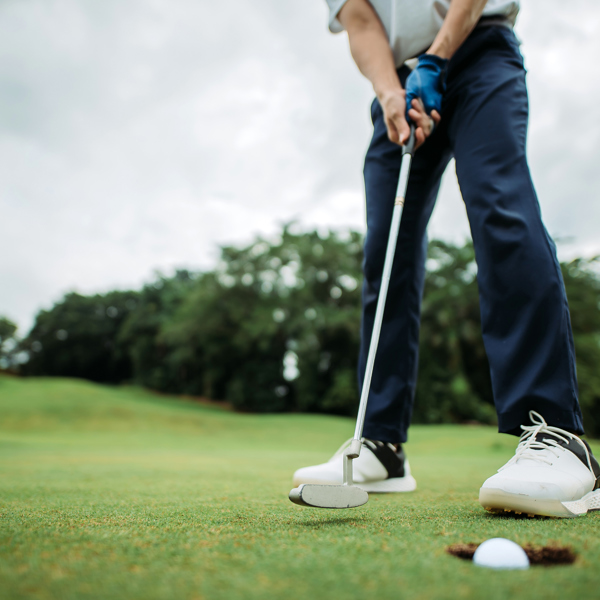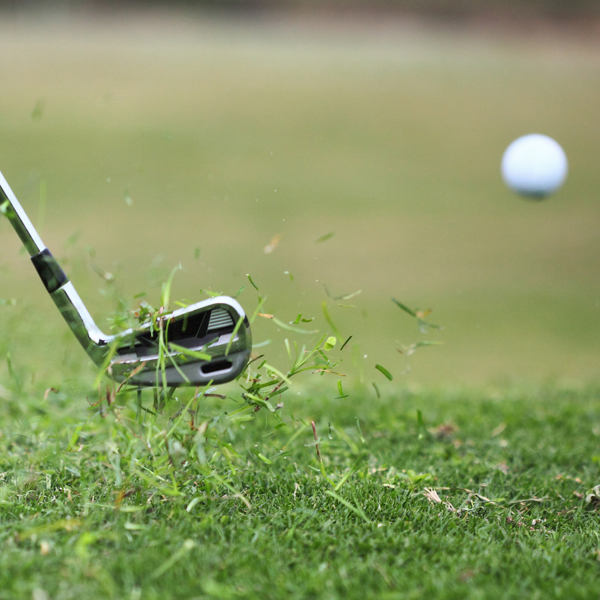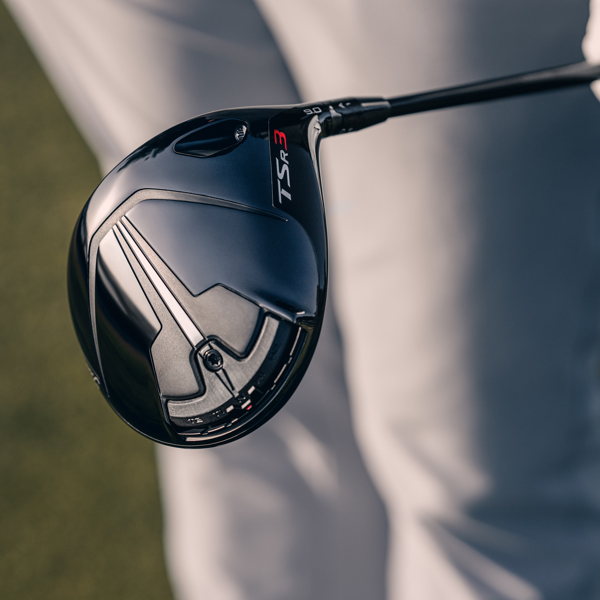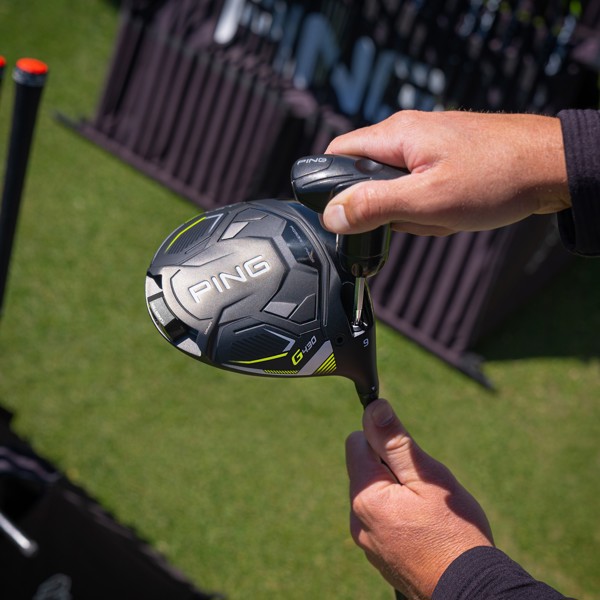PING fitting expert Nick Boulton on how the company go about custom fitting players into some new irons.
The process
Whether fitting an iron, wood or putter we will always start with an interview with the player to ask them relevant questions on what they’re looking to improve and to get an idea of their characteristics.
We’ll want to find out their likes and dislikes about their current set-up and what they are looking to get out of the fitting. Also get a feel for the level of golfer they are and how much technical information thy may want or not.
Then we’ll go into the static measurements which will determine your initial club specification. So we will look at somebody’s height and then their wrist-to-floor measurement. That will calculate the starting point for the lie angle and that is shown by their static iron colour code and the shaft length and your hand dimensions are used to calculate your static grip size.
Then there will be a dynamic swing test where we’re looking at how the club is delivered into impact. We’ll apply some impact tape to the bottom of the iron and hit a shot off the diagnostic board and that shows how the lie angle is being presented at impact - so whether that is heel or toe down or in the middle.
If it’s a little bit heel down, we’ll make it flatter. If it’s a little bit toe down, we’ll make it more upright. Having said that you try and stay within certain boundaries of their static measurement as sometimes a swing fault can cause you to get a reading that would make you change the club to the detriment of the golfer the long term.
That static measurement is absolutely a must for Ping. Our research has found that 75 per cent of the time a player will fit into a dynamic colour code, that will be within one colour code of that recommendation and 95 per cent of the time within two colour codes. So it really is a good starting point.
Once we have determined the lie angle we will then get into the ball flight analysis. So we’ll look at the launch angle, peak trajectory and dispersion and we’ll be changing shafts to try and optimise the flight. All the time always we’ll be asking the golfer how it feels and looks. A golfer might want to hit the ball quite low as they might play in the wind or on the coast and so that may dictate the direction that we go with the fitting. Again, that comes back to the interview process.
What you need to know
To a certain extent the golfer is almost fitting themselves. I sort of liken it to getting a pair of glasses. They’re trying them on and we’re always asking questions as I don’t want to put my preferences on that golfer’s game. I might like to see the ball drawing so I might try and encourage a particular ball flight when the golfer might want to hit a bit of a fade so you should never put your own preferences on their game.
If a player is insistent on a particular type of iron when you think that they will be more suited by something more forgiving, we will suggest hitting both as we’ll be using a launch monitor so there will be clear visual of what’s actually happening. We won’t have them hit loads of shots as people get tired so around five shots is the maximum with each club.
Getting them into the right shaft is a very important process. That is down to ball speed and how they deliver the club and not always just down to swing speed.
Different shaft weights have a bearing on things. If you look at the extremes we’ve just launched the G430 HL irons and the overall club is 15 per cent lighter so it’s helping the individual who is not as strong and doesn’t swing it as fast and it’s there to help increase clubhead speed.
During the fitting we’ll get a bit of a feel for how they’re swinging it and what direction they’re going in and we can have a play around with different shaft weights. One thing where a player won’t always interpret things correctly is the different weights that we give them – they might say that a particular shaft feels heavy when it’s the clubhead that feels heavy. Generally we won’t tell them what shaft they’re hitting as we don’t want to influence their swing.
We use the 7-iron as it’s in the middle of the bag. Then, based on those numbers, we would then look at some gapping analysis and set make-up to arrive at the right combinations. We’ll then consider what the longest iron is and what woods to have in the bag.
Probably the most popular longest iron is still the 5-iron. When I started every fitting was 3 to sand iron, now we don’t make a 3-iron in the G range at all and 4-irons are used less and less. These days players are going to a 6 iron more and more and then adding hybrids in their bags.
About Nick Boulton
Nick is a PGA Professional and started at Gainsborough Golf Club as an assistant before qualifying in 1993. He began working as a custom fitter in 1996 and is now Ping’s European Fitting and Product Education Manager.









